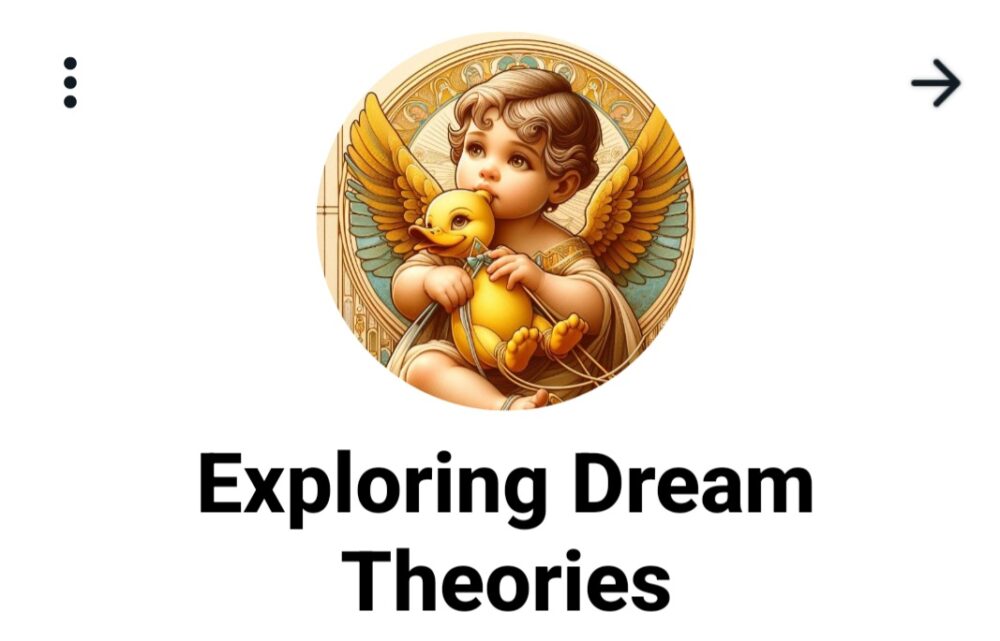This synthesis delves into the multifaceted exploration of sleep talking (somniloquy) and its implications on mental health, sleep quality, cognitive processes, and linguistic characteristics, as elucidated by several recent studies. These investigations provide a comprehensive insight into sleep talking, ranging from its association with developmental disorders and mental health outcomes in children, to its impact on sleep quality and cognitive functions in adults, and finally, to its linguistic analysis and potential as a window into the sleeping brain’s cognitive processes.
Mental Health and Developmental Disorders in Children
In a study by Lushington et al. (2022), the relationship between sleep talking and mental health was examined among typically developing children and those with developmental disorders. Utilizing responses from parents of 1,609 typically developing children and 128 children with intellectual or developmental delays, the study found that sleep talking in typically developing children modestly predicted adverse outcomes in emotional symptoms, conduct problems, and peer relationship issues. Conversely, among children with developmental disorders, sleep talking was paradoxically linked to better prosocial behavior. This suggests that sleep talking could serve as an indicator of underlying mental health issues in typically developing children, emphasizing the need for thorough evaluation during clinical assessments.
Sleep Quality and Cognitive Processes
Camaioni et al. (2022) explored the impact of sleep talking on sleep quality and its connection to cognitive processes, specifically linguistic and memory consolidation aspects. The study involved 29 sleep talkers and 30 control participants, finding that sleep talkers experienced poorer sleep quality and more fragmented sleep, though no differences in memory consolidation rates were observed between groups. This indicates that while sleep talking is associated with sleep disruption, it does not appear to detrimentally affect memory consolidation.
Linguistic Characteristics of Sleep Talking
Arnulf et al. (2017) focused on the linguistic aspects of sleep talking in adults, analyzing the speech of subjects with various parasomnias and healthy controls. The study highlighted that a significant portion of sleep talking consists of nonverbal utterances, with negations and profanities being more common, particularly during non-REM sleep. This research underscores the complex and high-level brain function active during sleep, as the structure and content of sleep talking mirrored awake conversation, often involving tense and conflict-ridden dialogues.
Theoretical Perspectives and Future Directions
Alfonsi et al. (2019) provided a review on sleep talking, considering it as a potential avenue to access mental processes during sleep. Verbal utterances during sleep, often reflective of dream content, offer insights into psycholinguistic activations and the consolidation of recent memories. The review underscores the need for systematic studies to further understand the characteristics and cognitive underpinnings of sleep talking.
General Overview of Sleep Talking
Challamel (2001) provided an overview of sleep talking as a common phenomenon, noting its prevalence across various ages and its association with other parasomnias. This study posited that sleep talking, especially when it begins after the age of 25 or features violent or emotional content, might indicate an underlying condition, highlighting the benign nature of sleep talking in general but also pointing to potential exceptions that warrant further investigation.
Conclusion
Collectively, these studies offer a comprehensive perspective on sleep talking, highlighting its diverse implications for mental health, sleep quality, and cognitive processing. While often regarded as benign, sleep talking emerges as a significant marker for underlying mental health issues in children (Lushington et al., 2022) and reflects the complex activities of the brain during sleep in adults (Arnulf et al., 2017). The exploration of sleep talking from linguistic (Arnulf et al., 2017), cognitive (Alfonsi et al., 2019), and clinical perspectives (Lushington et al., 2022; Camaioni et al., 2022) opens new avenues for understanding the functions of the sleeping brain and the interplay between sleep disturbances and mental health. The findings suggest that sleep talking could serve as an indicator of underlying mental health issues in typically developing children, warranting further evaluation during clinical assessments (Lushington et al., 2022), and indicate that while sleep talking is associated with sleep disruption, it does not seem to negatively impact memory consolidation (Camaioni et al., 2022). Furthermore, the complex linguistic characteristics observed in sleep talkers, including the use of negations and profanities, suggest a high level of brain function during sleep, with content often mirroring awake conversation that involves tense and conflict-ridden dialogues (Arnulf et al., 2017). Lastly, the review by Alfonsi et al. (2019) underscores the need for systematic studies to further understand the characteristics and cognitive underpinnings of sleep talking, while Challamel (2001) contextualizes sleep talking as a prevalent phenomenon that, in certain cases, may indicate an underlying condition. Further research, employing advanced methodologies such as polysomnography and neuroimaging, is imperative to unravel the complexities of sleep talking and its broader implications for health and cognitive processes.
References
- Lushington, K., Biggs, S., Martin, J., & Kennedy, D. (2022). Sleep Talking and Mental Health in Children with Developmental Problems and Typically Developing Children. Research in Developmental Disabilities, 124, 104214. https://doi.org/10.1016/j.ridd.2022.104214
- Camaioni, M., Scarpelli, S., Alfonsi, V., Gorgoni, M., De Bartolo, M., Calzolari, R., & De Gennaro, L. (2022). The Influence of Sleep Talking on Nocturnal Sleep and Sleep-Dependent Cognitive Processes. Journal of Clinical Medicine, 11(21), 6489. https://doi.org/10.3390/jcm11216489
- Arnulf, I., Uguccioni, G., Gay, F., Baldayrou, E., Golmard, J.-L., Gayraud, F., & Devevey, A. (2017). What Does the Sleeping Brain Say? Syntax and Semantics of Sleep Talking in Healthy Subjects and in Parasomnia Patients. Sleep, 40(11). https://doi.org/10.1093/sleep/zsx159
- Alfonsi, V., D’Atri, A., Scarpelli, S., Mangiaruga, A., & De Gennaro, L. (2019). Sleep Talking: A Viable Access to Mental Processes During Sleep. Sleep Medicine Reviews, 44, 12-22. https://doi.org/10.1016/j.smrv.2018.12.001
- Challamel, M.J. (2001). Sleep Talking: A Common Phenomenon. Revue Neurologique (Paris), November 2001.







